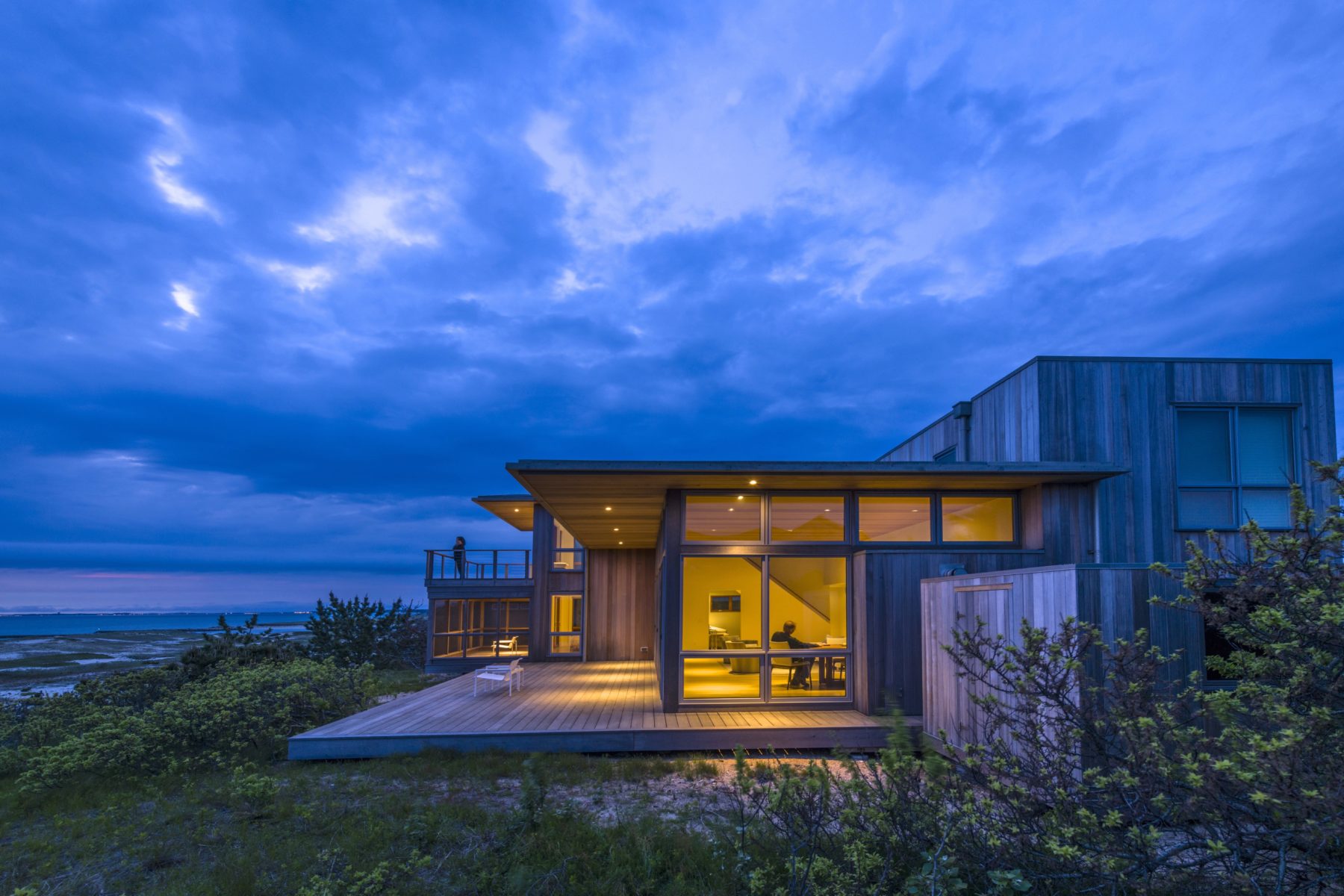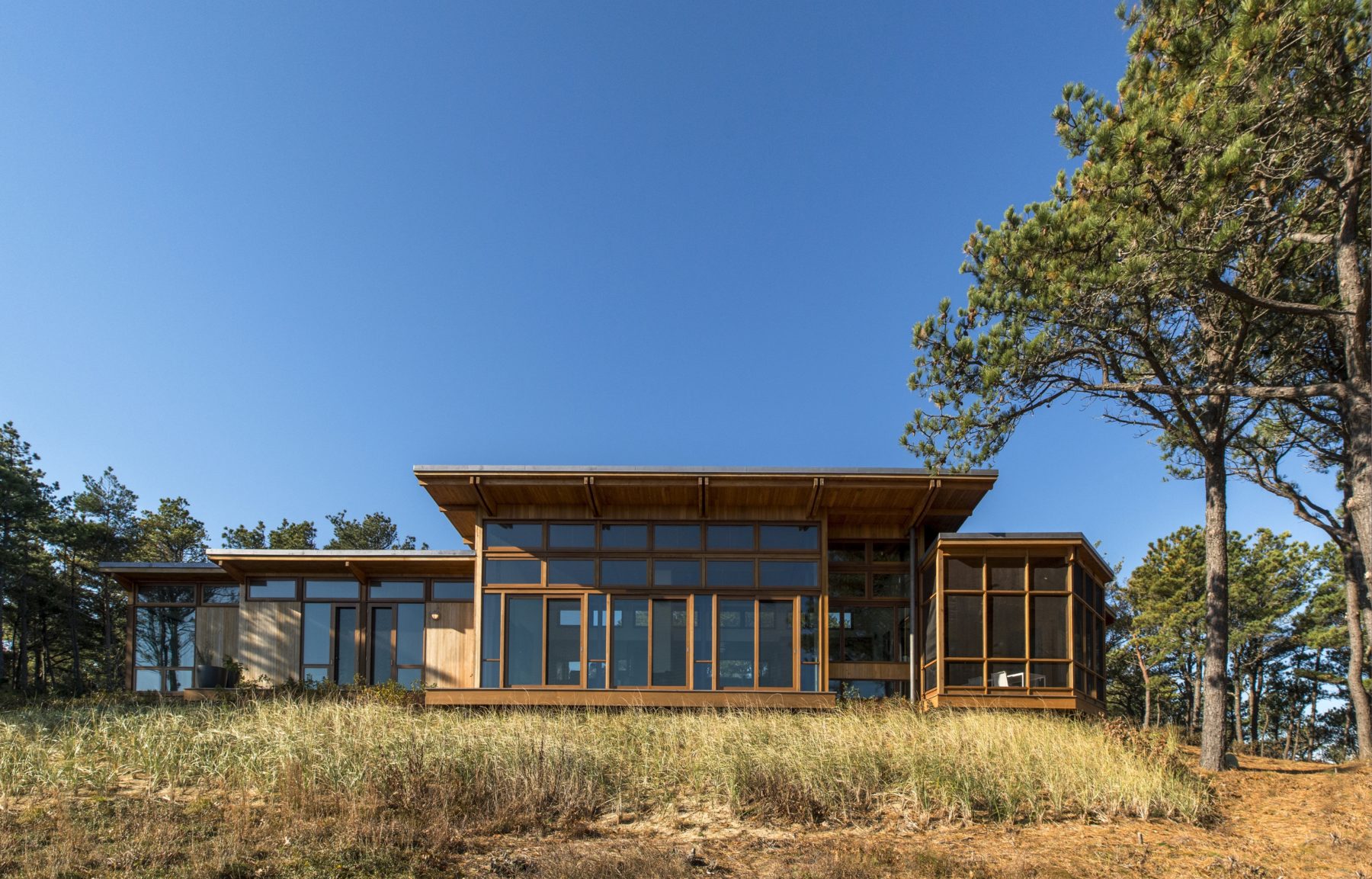Selecting an architect

Selecting the right architect to build your dream home isn’t all too different from choosing a life partner; you will spend a lot of time (and money) with one another, you’ll experience moments of excitement and moments of frustration, and ultimately together you will create something you will feel proud of.
The Homeowner's Project Handbook is a good source for identifying architects who are qualified for your project. Friends and neighbors can be another good source, especially if they’ve completed a project similar to your own.
Steps to hiring an architect
- Determine what your needs are from a custom home to renovations to expansions.
- Review portfolios and websites to determine if his or her expertise is appropriate to your project.
- When you find at least three architects with related experience, schedule interviews with them to discuss your project, budget and review photographs and other samples of their work.
- Check references from past clients.
- Structure a working relationship based on timelines, budget and chemistry.

Your responsibilities as a client
Decide on your budget at the outset. Determine both the ideal and the maximum you are willing to spend, and communicate it clearly. This worksheet will help simplify and clarify the budgeting process.
Make decisions in a timely manner. Try not to revisit or reverse decisions you already have made because it is likely your architect has already acted on them. If you do change your mind, tell your architect immediately.
Carefully review the drawings and materials. Return them promptly with questions, comments, and changes.
Selection criteria
Use the following criteria to choose among the architects you consider.
License. Your architect should be licensed in Massachusetts. To check on the status of an architect’s license in Massachusetts, call the Board of Registration of Architects at 617-727-3072 or check that agency’s website.
Experience. Your architect should have a track record of similar work in terms of your project’s size, complexity, type, and cost.
Chemistry. You and your architect will need to feel comfortable with each other as you will be interacting frequently over the course of the design. Your architect should be a good listener; responsive to your phone calls; interested in your needs; and able to communicate with you in clear, everyday language.
References. Satisfied former clients should attest to your architect’s ability to respect agreements about services, fees, and schedule.
Level of service. Architects’ services vary. Some will carry your project through construction, while others may leave the responsibility for overseeing construction to you or the builder. Match your preferences with your architect’s.
Design fees. You should define the scope of service carefully, including possible cost savings and extras; the use of consulting engineers; and work by others such as landscape, security, sound-system, and interior-design consultants.
During construction, your architect can provide construction administration, helping to ensure the project is built according to plans and specifications. Your architect should visit the site periodically to observe construction, work out design issues and details, sort out conflicts between drawings and existing or developing conditions, review and approve your builder’s requests for payment, and keep you informed of the project’s progress.

Project schedule
With COVID protocols, allow for additional time to ensure everyone’s safety.
Some residential and small commercial projects can be designed within a few weeks; however, it’s very important to have adequate time to think through the options, do the necessary research, and talk to people about what you are planning. We recommend you allow between three and six months for the design phase. This can include selecting an architect at the outset of your project and, later, selecting a builder.
Most small projects take between three and six months to build; larger projects can certainly take longer. Interior construction can be done in any season; outdoor construction must be carefully timed.
Contractors are in high demand all year round, particularly in the summer, so be sure to let your contractor know well in advance when you want to begin construction, so he or she can reserve the time and resources. A nine-month notice is recommended.
This article is one of many resources in the Homeowner's Project Handbook. The Homeowner’s Project Handbook (HPH) provides a directory of AIA architects working in Massachusetts, while highlighting the value that architectural expertise brings to new construction and renovation projects. Explore this free, sustainable, searchable digital resource for homeowners and small business owners considering renovations, additions, or new construction projects.

